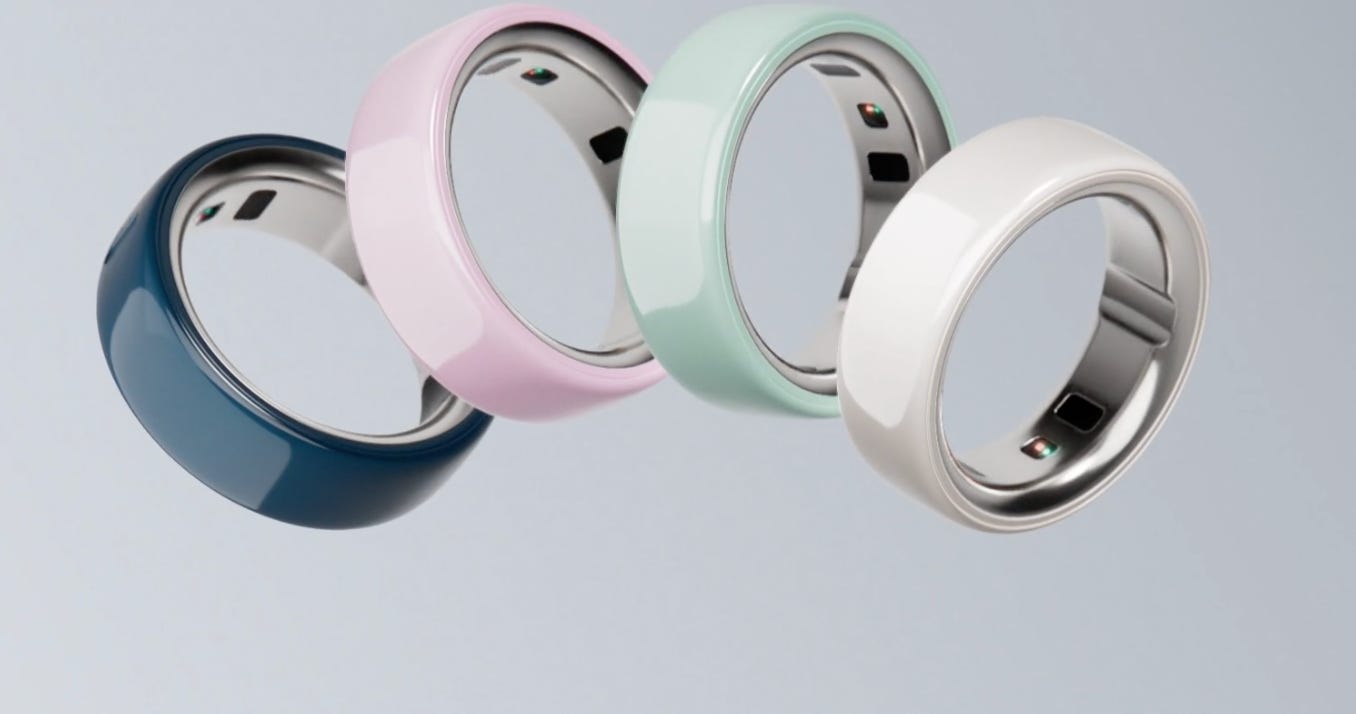How ŌURA’s $900M raise cements its quiet powerhouse role in women’s health tech
The smart ring maker - integrated with Clue, Natural Cycles, and Maven Clinic - has become an unseen engine behind women’s digital health innovation.
ŌURA, the Finnish-founded company behind the Oura Ring, has announced a $900 million funding round led by Fidelity Management & Research Company, valuing the business at approximately $11 billion.
The raise cements Oura’s position not only as a leader in preventive health technology - but also as one of the most influential, if understated, players in women’s health.
A wearable woven into women’s health ecosystems
Though best known for its sleep and recovery tracking, the Oura Ring has quietly become a core integration partner for many top women’s health apps, including Clue, Natural Cycles, and Maven Clinic. These partnerships allow Oura’s temperature, heart rate, and sleep data to feed into fertility tracking, symptom prediction, and personalized care pathways.
Because many of the ring’s users are women, Oura effectively operates as infrastructure for women’s health innovation - often invisible but essential.
Preventive health at scale
ŌURA plans to deploy its fresh capital into AI-driven product innovation, deeper global market reach, and development of new features - particularly in areas like women’s health, stress, and hormonal signals. CEO Tom Hale framed the investment:
“This new funding is a testament to the strength of ŌURA’s business and the trust millions of members place in us every day.”
“We’re proud to be building not just a product, but a global movement toward proactive health - helping people understand their bodies, make better lifestyle decisions, and connect more effectively with their healthcare providers.
“Today, our technology supports consumers, employers, insurers, and clinicians working together to advance preventive health at scale. With this investment, we will accelerate innovation, expand our global reach, and set a new standard for what wearables can achieve in advancing preventive health.”
Since its 2015 debut, Oura has sold over 5.5 million rings, with more than half of those in the last year alone. In 2024, it posted $500 million in revenue, and it is positioned to top $1 billion in 2025.
From sleep tracker to women’s health ally
Oura’s integrations with companies like Natural Cycles have been among its most strategically potent. In many fertility and cycle-tracking workflows, Oura’s temperature and recovery data offer a passive, adoption-friendly alternative to manual measurements. For users, this can reduce friction and improve continuity.
The competitive landscape may also be shifting however. This week, Natural Cycles launched its first wearable, the NC° Band, designed to track body temperature during sleep and sync automatically with its app. The band lets users bypass manual basal temperature measurements and instead receive “overnight” data to feed into its fertility algorithm.
While Oura remains one of Natural Cycles’ preferred integrations, the introduction of the NC Band appears to signal a strategic move by a women’s health app to bring its own sensor stack into the fold, narrowing the gap between platform and hardware.



